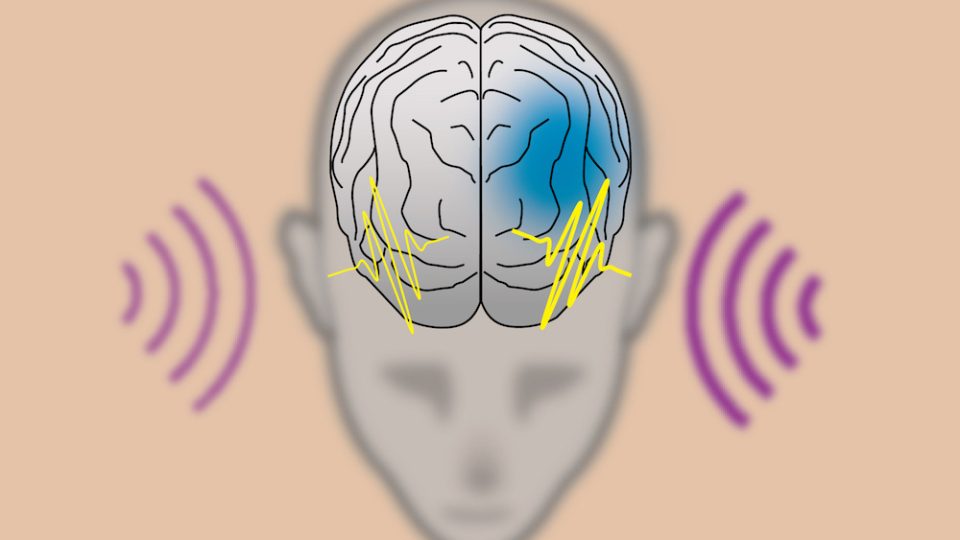The Haas Effect – Add perceived stereo width to your sounds
Todays producers have a vast array of tools and products at their disposal to make any sound imagineable, the possibilliites are practically endless. But what you may not know is that there are some amazing psychoacoustic tricks that can fool our brain into thinking sound is doing some really clever things, which once we understand how they function, we can use to our advantage using some fairly rudimentary effects plugins.
What is the Hass effect and how does it work?
In 1949 Dr Helmut Haas discovered an extension of ‘The Precedence Effect’, which dictates that if sounds of a similar frequecy spectrum occur below the listeners echo threshold, whith a sufficeintly short delay time between them (between 1-50ms), humans pervceive them to be a single sound source.
As humans, we use our sense of hearing to establish the localisation of sound objects in a space, and our ears have a clever way of achieving this using a combination of loudness and time. We are able to determine the localisation of two similar sound sources in space by calculating the time that the sounds arrive at our listening position (the first wave front) vs the lag time it takes for the second sound source to arrive.
What Dr Haas discovered is that if the similar sound sources were delayed between 2-40ms, we actually perceive them as a singular wide sound source!
Usign this information we’re able to fool our listeners into perceive a sound source as wider than it acutally is by adding a slight delay to either the left or right audio channel.
We can take advantage of our biology and replicate this precisely in our DAWs to make sounds and passages in our productions sound wider than they really are!
Ways to implement the Haas effect
Delay plugins
You can stick a delay plugin on the channel of the sound you want to apply the effect to by unlinking the left & right channels of the delay, and offsetting one of the channels by 40ms or less – experiment for different results!

Track delay/Track offsetting
Duplicate the sound source onto two individual channels – pan each one hard left and hard right – offset one of the channels by 40ms or less – experiment for different results!

Suggested delay times for the Haas Effect
Please bear in mind that these are just suggested starting points – make sure to experiment and find the right settings for you!
| Sound | Suggested delay time (ms) |
|---|---|
| Synths | 30-40ms |
| Guitars | 20-30ms |
| Pads | 40-50ms |
| Drums | 5-20ms |
The Haas Effect and mono compatibility
Unfotunately, the whole premise behind the Haas effect is to delay the left and reight channels, and if they’re summed to mono then they can’t be different. The issue is that your sounds will likely change the sound significantly, and potentially make parts of the signal disappear completely due to phase cancellation.
Remember – RouteNote Create subscriptions start from as little as $2.99, and you also get 10 FREE credits to spend on samples when you sign-up as well as your FREE sample bundle!
